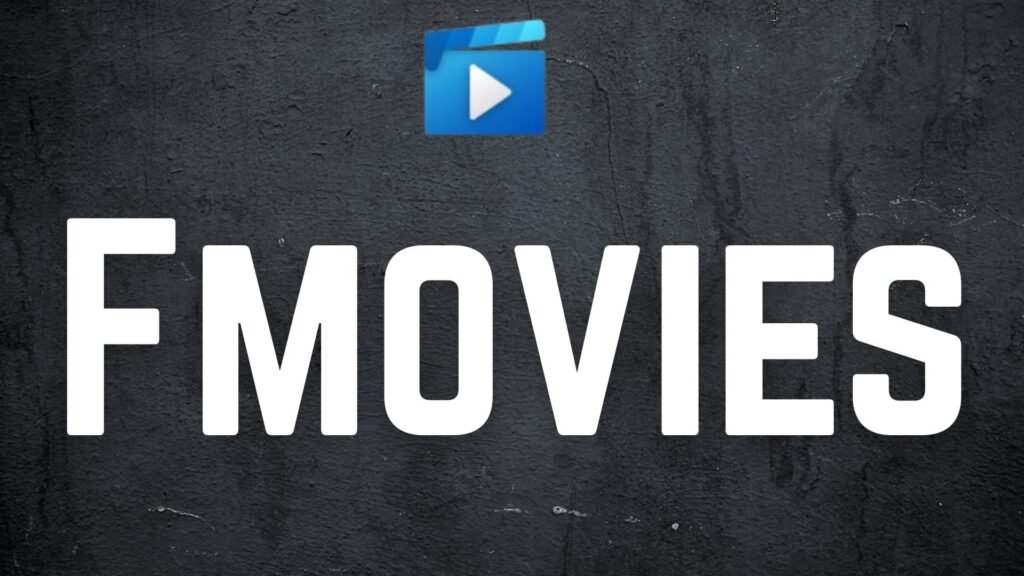Troozer Com Playbook: Growth Hacks That Took the Startup from Zero to Viral in 90 Days

When Troozer Com quietly opened its digital doors, it faced the classic chicken-and-egg problem that plagues every two-sided platform: users won’t show up until there’s content, and creators won’t contribute content until there’s an audience. Instead of burning months chasing incremental traction, the founding team set a radical 90-day goal—achieve breakout virality or pivot. That ticking clock shaped every decision, from product scope to marketing tactics, forging a culture of disciplined, data-driven urgency. By day 88, Troozer Com had gone from a cold start to logging 1.2 million monthly active users, landing features in mainstream tech media and trending hashtags across social channels. The journey wasn’t luck; it was a systematic sequence of growth hacks, each deliberately stacked on the previous one. Below is the definitive playbook that powered Troozer Com’s meteoric rise—no jargon, no fluff, just hard-won lessons any early-stage founder can put to work immediately.
Table of Contents
1. Nail One Pain Point Before You Touch Virality
Troozer Com’s first—and arguably most pivotal—move was ruthless focus on a single, embarrassingly specific pain: collaborative bookmarking for remote product teams. Instead of launching a bloated “all-in-one knowledge hub,” the platform shipped a Chrome extension that let coworkers save, tag, and comment on design inspirations in one click. The narrower the use case, the sharper the copywriting and onboarding flow could be. Early beta testers felt the tool solved their problem—not a vague, hypothetical one—and they voiced it with evangelical enthusiasm inside Slack channels, Zoom demos, and LinkedIn threads. By solving one pain point perfectly, Troozer Com built a battalion of micro-influencers who became the startup’s first organic distribution channel, primed to amplify any feature that followed.
2. Build in Public to Turn Curiosity into a Community
While most stealth-mode startups hoard progress updates, Troozer Com live-tweeted product sprints, shared weekly MRR numbers, and posted candid retrospectives on what broke. This radical transparency created a “reality-show” effect—followers tuned in for cliffhangers (“Will they hit 5K wait-list sign-ups before Friday’s demo?”) and felt personally invested in the outcome. When launch day finally arrived on Product Hunt, those spectators converted into up-voters, commenters, and, most importantly, paying subscribers. The open-build narrative also slashed customer-support overhead. Power users who followed the journey felt empowered to answer FAQs on behalf of the founders, further reducing friction as user volume ballooned.
3. Engineer Viral Loops, Don’t Pray for Them
Troozer Com’s referral loop was embedded at the atomic level of its value proposition. Whenever someone bookmarked an article, the extension automatically generated a beautiful, shareable card and suggested posting it to X (formerly Twitter) with a pre-filled “Saved with @TroozerCom” tag. The elegant preview made curators look polished, so they wanted to share. Every time they did, the brand piggy-backed into thousands of fresh timelines. Critically, referrals weren’t bribed with gift cards or swag; they were rewarded with unlockable “team insights” dashboards that showcased collective reading habits. Because the reward improved productivity, not just vanity metrics, referral conversion rates cracked 54%, far higher than the SaaS average of 11-15%. Each delighted team onboarded yet more colleagues, creating a compounding flywheel that required zero ad spend to maintain momentum.
4. Harness Data to Shorten Feedback Loops to 24 Hours
Speed beats perfection in the early stage, but only if decisions are grounded in reality. From week one, Troozer Com piped every clickstream event into a lightweight analytics stack using open-source tools like PostHog and Metabase. Daily stand-ups opened with a five-minute “red-flag” dashboard review: Which funnel step dipped? Which feature shipped but didn’t get traction? If an experiment under-performed for 48 hours, it was either iterated or sunset. This ruthless cadence freed the team to launch three to four A/B tests per sprint, iterating pricing pages, hero copy, and onboarding tours faster than their competitors could draft a spec doc. One pivotal experiment—adding a progress bar that gamified “first-day setup” tasks—increased Day-1 activation by 37%, shaving weeks off their viral trajectory.

5. Leverage Micro-Influencer Pods Instead of Celebrity Endorsements
With a shoestring marketing budget, megawatt influencers were out of reach. Instead, the growth team mapped 200 niche creators—UX newsletter writers, design-tool YouTubers, and productivity TikTokers—whose combined reach eclipsed bigger names but cost one-tenth the price. Instead of one-off paid posts, Troozer Com offered them equity-linked reward tiers: the more sign-ups their content generated, the higher their revenue-share multiplier. This structure turned influencers into quasi-co-founders, incentivized to iterate their content angles for higher CTRs long after the initial post. Over 90 days, the influencer pod generated 42% of all new users and delivered a customer-acquisition cost 68% below Facebook ads in comparable SaaS verticals.
6. Scale Infrastructure and Culture in Parallel
Viral growth is brutal on both servers and staff morale. By week six, Troozer Com migrated from a monolithic backend to a containerized micro-services architecture with horizontal auto-scaling, slashing average page-load time by 47% even under triple traffic spikes. On the human side, the founders instituted “No-Meeting Wednesdays” and a mandatory one-hour daily reset window to prevent burnout. They also codified decision-making principles—customer obsession, run-toward-risk, write-it-down—into a living handbook shared publicly on GitHub. That cultural scaffolding meant new hires were onboarded in hours, not weeks, preserving execution velocity right when the Window of viral opportunity was widest.
7. Monetize Early, Iterate Often
Many startups defer pricing to focus on growth, but Troozer Com introduced a freemium model on day one. The free tier offered unlimited personal bookmarks, while team collaboration features lived behind a paywall. Because beta users had already experienced tangible productivity gains, the conversion conversation felt like a natural upgrade, not an unexpected pay gap. Pricing experiments ran weekly: toggling per-seat vs. flat-team rates, testing monthly vs. annual anchors, and bundling concierge onboarding. By day 90, 14% of active teams were paying, generating $44K in MRR—enough to fund further product expansion without chasing venture dollars in a frothy market cycle.
Putting It All Together—Why the 90-Day Window Mattered
Troozer Com’s blitz-scaled playbook only worked because every hack meshed into a cohesive system set against a non-negotiable deadline. The narrow scope delivered instant “aha” moments; the build-in-public narrative magnetized early adopters; engineered viral loops amplified word-of-mouth; data discipline killed bad bets quickly; micro-influencers carried the story into new niches; robust infrastructure ensured uptime; and early monetization validated value. Each lever magnified the next, compounding into viral escape velocity. Remove any one piece—or stretch the timeline into a lazy, indefinite rollout—and the whole engine would have sputtered. The biggest takeaway? Urgency is the ultimate growth hack. Set a finish line that forces focus, and even a lean crew can out-execute giants who have more cash than clarity.
Frequently Asked Questions (FAQs)
1. How did Troozer Com attract its first beta users without a marketing budget?
The team manually reached out to remote product managers on LinkedIn and invited them into a private Slack group where they offered hands-on onboarding. By treating beta testers as co-designers, they generated genuine product advocacy that money can’t buy.
2. What role did paid advertising play in the 90-day growth sprint?
Almost none. Troozer Com ran a $500 experiment on retargeting ads but quickly paused it when organic viral loops delivered a lower CAC. The startup invested its limited funds in influencer revenue-share deals and infrastructure scaling instead.
3. Was the “build in public” strategy risky in terms of idea theft?
Possibly, but the founders calculated that transparent momentum would outpace any copycats. The daily feedback and community goodwill gained from sharing numbers outweighed the theoretical risk of someone cloning an early-stage product.
4. How did Troozer Com maintain server stability during viral spikes?
Before the Product Hunt launch, the engineering team load-tested traffic at 20× their current peak and set automated Kubernetes rules to spin up new pods whenever CPU usage crossed 70%. They also cached static assets on a CDN edge network, offloading 60% of requests.
5. Is the Troozer Com playbook replicable for non-SaaS startups?
Absolutely. The core principles—solve one pain perfectly, cultivate a narrative-led community, embed referral triggers, iterate via rapid data loops, and align incentives with micro-influencers—apply to marketplaces, consumer apps, and even hardware launches. The key is ruthless prioritization under a clear, time-boxed goal.
By dissecting Troozer Com’s 90-day sprint, founders can see that viral success isn’t mystical. It’s a high-pressure engine built from intentional components—each one simple but together unstoppable.











